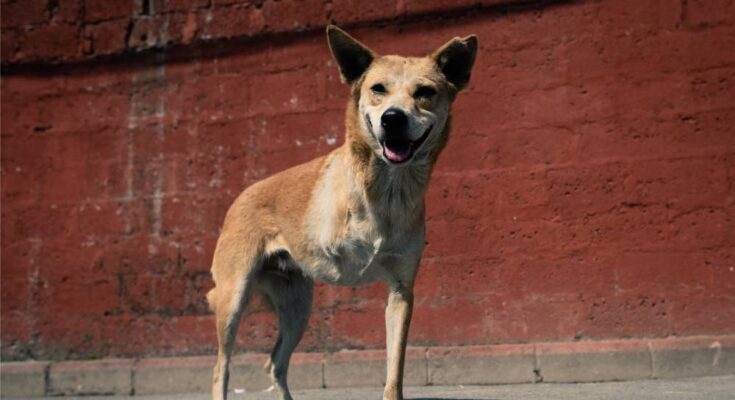Facing your dog’s amputation surgery can be an overwhelming experience, filled with heartache and uncertainty. This is a significant surgery for both you and your furry friend, so compassionate care and practical advice are essential. If you don’t know where to start with how to help your dog after an amputation surgery, we hope our advice can give you peace of mind. With these tips, your beloved pet can adapt to a new lifestyle with resilience and happiness.
Manage Their Pain Effectively
Effective pain management is crucial to ensure a smooth recovery. Your veterinarian will likely prescribe medication to help manage your dog’s discomfort. Stick to the prescribed schedule and monitor your dog’s response. Signs of pain can include whining, restlessness, or a refusal to eat. If anything seems off, reach out to your vet for guidance.
Monitor Their Health Closely
Keep a close eye on your dog’s overall health during recovery. This includes checking the surgical site for any signs of infection, such as redness, swelling, or discharge. Regular vet checkups are essential to catch issues early on. Additionally, monitor your pet’s appetite and hydration levels to ensure they’re getting the necessary nutrients for healing.
Create a Comfortable Environment
Your home should be a sanctuary of comfort for your recovering pet. Ensure their sleeping area is cozy and easily accessible. Consider providing nonslip rugs to help them move around with confidence. Also, elevate their food and water bowls to prevent unnecessary strain on their remaining limbs. By making these small changes, you can help your dog feel more comfortable.
Provide Emotional Support and Reassurance
Amputation can be as emotionally taxing as it is physically for your dog. Therefore, spend extra time with them, offering affection and reassurance. Your calm and compassionate demeanor will help your dog adjust.
Encourage Safe and Gentle Exercise
While rest is important, gentle exercise will aid in your dog’s recovery. Short, supervised walks can help maintain muscle tone and prevent stiffness. Always pay attention to your dog’s comfort level, and never push them beyond their limits. Consult your vet for specific exercise recommendations tailored to your dog’s needs.
Consider Assistive Devices and Rehabilitation
To further aid mobility, you should consider a front-support wheelchair for your dog. These devices allow your dog to explore their surroundings with greater ease.
Additionally, rehabilitation therapies (such as hydrotherapy or physical therapy) can help improve your pet’s strength and mobility. Discuss these options with your vet to determine what’s best.
With attentive care and patience, you can help your dog adapt to their new way of life and continue to thrive after an amputation surgery. For more personalized advice, consult with your veterinarian or a pet rehabilitation specialist to tailor a recovery plan that fits your dog’s unique needs.



